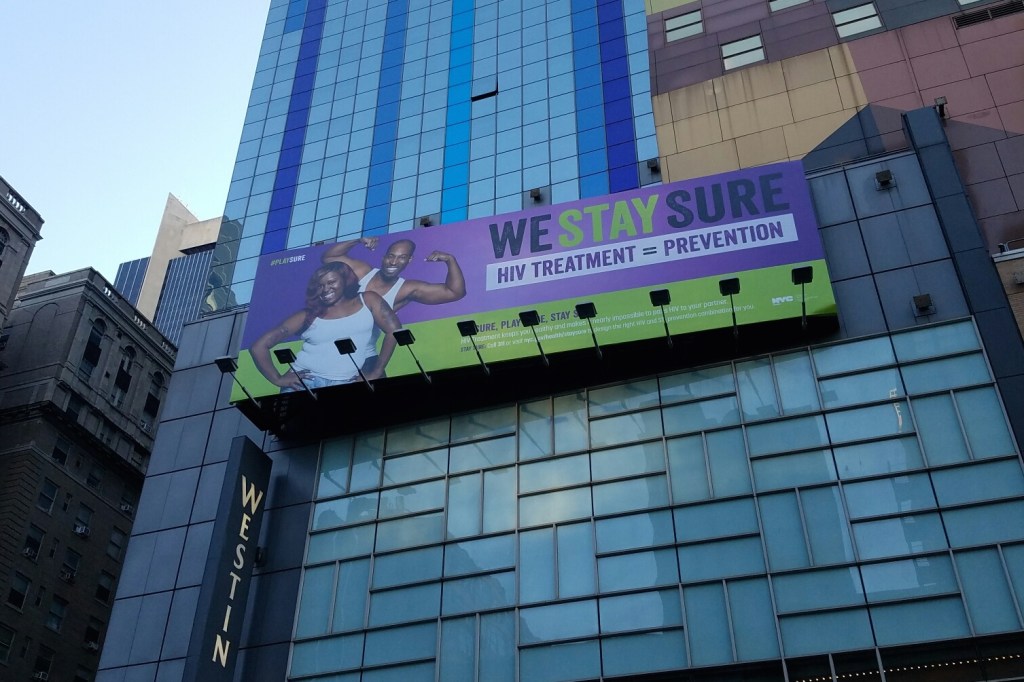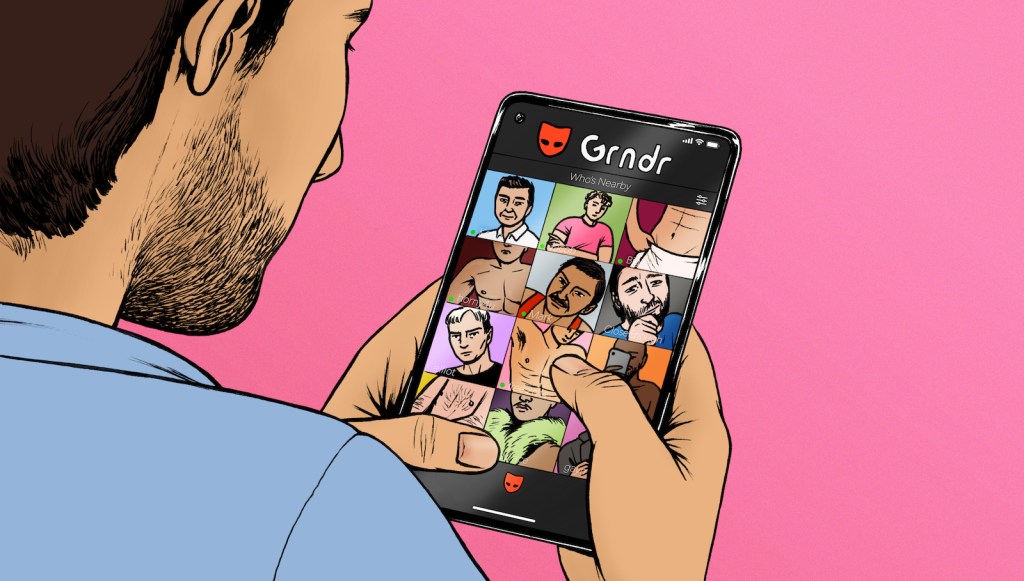“This is a world that is run mostly by HIV-negative people, and they’re focused on protecting their own interests,” Bruce Richman tells me. He’s the executive director of Prevention Access Campaign, a multi-agency initiative working to end HIV and HIV-related stigma, and he’s referring to the world of HIV prevention and treatment, where for the last few years, public attention has been fixed on pre-exposure prophylaxis (PrEP).
PrEP is an HIV prevention method where high risk, HIV-negative people take virus-fighting antiretroviral drugs and see up to a 99 percent decrease in their chances of getting HIV. It’s an exciting innovation, especially for the HIV-negative; CDC researchers have predicted that expanding the use of PrEP could prevent 17,000 new infections by 2020. As a result, HIV prevention programs across the country have gone all-in on pervasive public-awareness campaigns and treatment-access programs over the past few years. Which is fantastic, but as Richman warns, “I think it’s short sighted to think that PrEP is the best way to protect their own interests.”
Videos by VICE
Another treatment strategy exists that’s potentially ten times as effective as PrEP, but it’s getting much less of the limelight. Known as treatment as prevention (TasP), it involves HIV-positive patients getting their viral load (or the number of copies of HIV measurable in their blood) below levels detectable via testing. When that’s achieved, multiple studies have shown that it’s almost impossible to transmit HIV to uninfected sexual partners. The CDC predicts that if 80 percent of people living with HIV were to achieve an undetectable viral load through antiretroviral therapy (ART), it could prevent about 168,000 infections by 2020.
The message that Richman and the Prevention Access Campaign have been trying to promote is that HIV-positive people who have been undetectable for at least six months and adhere to treatment pose negligible to nonexistent risk in transmitting the virus to others. That’s why TasP is so effective. And for the last year and a half, they’ve been behind a public awareness campaign promoting TasP called “Undetectable = Untransmittable.”
The principles behind TasP have been proven with two studies: the HPTN 052 trial and the PARTNER study. The final results of HPTN 052 were reported in 2015, showing that ART was 93 percent effective in preventing the transmission of HIV. Although that’s not 100 percent, the eight cases where participants had contracted the virus happened in instances where the infecting partner wasn’t undetectable. In the PARTNER study, which enrolled 548 straight and 340 gay male serodiscordant couples (with one undetectable HIV-positive and one HIV-negative partner) who had penetrative sex 58,000 times without a condom, not a single negative partner contracted the virus from their partner.
In 2011, the last year a nationally representative sample was surveyed, the CDC reported that 30 percent of people living with HIV under medical care had achieved viral suppression. That’s 50 percent shy of what’s required to potentially prevent 168,000 new infections by 2020. Here are many reasons why less than half are virally suppressed: Some people develop drug resistance that prevents them from achieving viral suppression, or experience unbearable side effects that prevent them from adhering to medication. Treatment barriers related to racism, discrimination, and criminalization prevent others from receiving adequate care.
Sometimes, it’s just a choice, too. Richman, who has been living with HIV since 2003, didn’t go on treatment when first diagnosed; he waited until he got sick in 2010 because he didn’t want to take the medicines and was in denial about having the disease. “[TasP] is an important incentive,” he explains. “I absolutely would’ve started therapy back in 2003 if I’d known that I could not transmit the virus if I was undetectable.”
Richman says there are only three major awareness campaigns promoting TasP: One from the homelessness and HIV/AIDS-advocacy organization Housing Works called the Undetectables, one from the NYC Health Department called Stay Sure, and the Prevention Access Campaign. A number of other organizations, such as the Human Rights Campaign, the San Francisco AIDS Foundation, and others, have also signed on to spread the gospel about undetectability and TasP. But the number of campaigns with TasP messaging is eclipsed by the sheer number of PrEP-focused campaigns nationwide.
“I’ve seen funding go toward PrEP, and reluctance to fund programs that promote the full benefits of viral suppression,” Richman tells me. “Funders don’t want to do something that’s risky. We were told by one foundation they wouldn’t fund us because they were concerned about being sued.”
Indeed, TasP is a hard pill for many to swallow. For those who saw the emotional scars left by the AIDS crisis and taught the necessity of condom usage for years, adjusting to the idea that it’s OK to have condomless sex with virally suppressed HIV-positive people will be hard. Even though the science is there and sound, it’s clear from the disparity in awareness programs that, at least for now, people prefer to fund and pursue PrEP over TasP at the public level. But the reluctance to promote TasP betrays the larger social stigma we still carry about HIV—a stigma that TasP programs themselves work to undo.
Richman says that a major goal of undetectability awareness campaigns is to educate healthcare professionals, many of whom he says will only tell their patients about TasP on a case-by-case basis, based on factors such as their sexual identity, relationship status, level of promiscuity, and whether they believe they’re capable of adhering to treatment. Some doctors may cite the theoretical risk as their justification or claim that they fear such information will discourage condom use and drive up STD transmission rates, fears some doctors also cite about promoting PrEP.
“They’re hindering prevention efforts, because when you continue to promote stigma, you continue to promote that people with HIV are dangerous,” Richman said. “People are less likely to disclose, people are less likely to get tested, less likely to go on treatment.”
All that said, people living with HIV are not a prevention tool, nor should they be treated as such—ART is the tool, and TasP is the strategy. Their benefits are in everybody’s best interest, not just those who are HIV-positive.
“The understanding that treatment is prevention, and that treatment stops the transmission of HIV is an incredibly important prevention tool,” he said. “The most effective prevention tool we’ve ever had.”
Follow Mike Miksche on Twitter.




